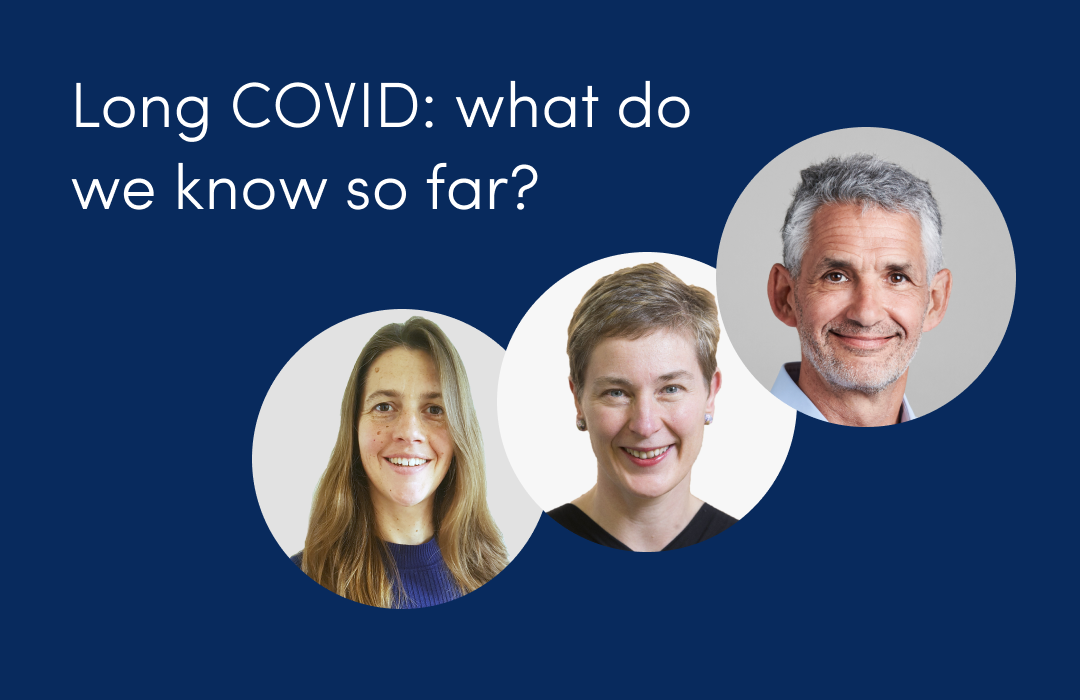
New daily cases in the UK have remained flat, but has increased slightly in the North
July 23, 2020

This article has not been updated recently
According to the latest COVID Symptom Study app figures, there are currently 1,884 daily new cases of COVID in the UK on average over the two weeks up to 18 July 2020 (excluding care homes) [*].
The latest figures were based on the data from 13,451 swab tests done between 5 July to 18 July [full regional breakdown below].
Similar to last week, the data suggests that the number of daily new cases in the UK have remained flat since last week. However, the data is beginning to show signs of a North / South divide forming again.
The data highlights that the number of cases in the South broadly stayed the same, with little or no difference from the previous week. It’s a different story in the North where the number of cases have increased slightly, suggesting a week on week growth in numbers [see graph below]. It is important to note that the numbers of cases in regions are still so low that any uptick in figures is still not yet statistically significant.
The latest prevalence figures estimate that 28,048 currently have symptomatic COVID in the UK. These figures also highlight that the North currently has higher prevalence rates than the regions in the South [full table of rates below].
The COVID Symptom Study app’s prevalence estimate is still within the confidence bounds of the most recent and smaller ONS Infection survey two weeks ago with an estimated 14,000 people (95% confidence interval: 5,000 to 31,000) in England during the two week period that goes from the 22nd June to the 5th July 2020.
For a full regional breakdown, please see our data page.
Top 10 regions to watch
This week, the data science team at ZOE and King’s College London have created the COVID Symptom Study Watch List for the first time. The top 10 is the Upper Tier Local Authority (UTLA) regions which have the highest estimates of symptomatic COVID in the past week. The new analysis found that the majority of regions on the watch list are in the North of England, suggesting that it is now these areas of the North that the country needs to pay special attention to.

Note: Prevalence is the number of symptomatic cases in the population based on the daily new cases and symptoms being logged in the app, whereas incidence rates are simply the number of daily new cases based on the results from swab tests. For more detail on the new prevalence figures please read this post.
Tim Spector, Professor of Genetic Epidemiology at King's College London, comments:
“We are now starting to see the figures in the North creep up week on week. The numbers are still very small so we can’t say with 100% certainty that COVID is increasing significantly but it does make us focus on those areas.
To understand if these increases are significant or not, we need as many people as possible in these areas to be logging in the app. So we are calling for people living in the North, to download the app and get logging, as without them, it will make spotting any real hotspots accurately much harder.
This week, the app also revealed that COVID symptoms and outcomes get worse in colder, less humid weather, which makes it even more important that we get this virus under control as we only have a month or two of warm weather left. Our data suggests that levels have bottomed out at around 2000 cases per day which is too many, so we all need to be conscious of the dangers and to continue to practice high levels of personal hygiene, wear a face mask, social distance and know all the signs of early disease.”












.png)


.jpg)














.png)







%202.png)
.png)


















.png)






